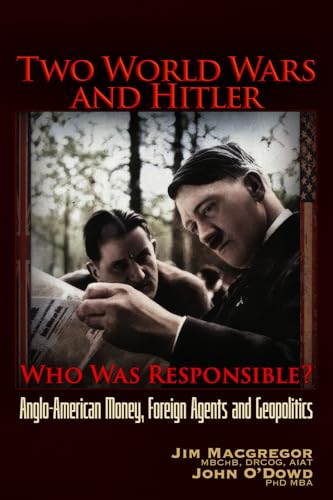
1914
by Paul Ham
"The Year the World Ended"
Popularity
4.07 / 5
* A book's popularity is determined by how it compares to all other books on this website.
Where to buy?
Buy from Amazon* If you buy this book through the link above, we may receive a small commission at no extra cost to you.
1914 by Paul Ham
Details
War:
World War I
Perspective:
Researcher
True Story:
Yes
Biography:
No
Region:
Europe
Published Date:
2014
ISBN13:
9780857522368
Description
Main Themes and Topics
1914 by Paul Ham meticulously explores the complex series of events and personalities that led to the outbreak of World War I—a conflict that would become one of the deadliest in history. The book delves into the socio-political and economic factors that converged to create this devastating global conflict. One of the central themes is the examination of how political decisions and alliances can mushroom into war, driven by both rational and irrational human motivations.
Ham investigates the role of nationalism, imperialism, and militarism, compounded by a network of alliances that set the stage for a conflict of an unprecedented scale. The book also offers an in-depth look at the diplomacy, or lack thereof, that characterized the era. Ham illustrates how the great powers of Europe, driven by their own interests and blinded by jingoism, underestimated the horrific potential of their actions.
Writing Style and Tone
Paul Ham employs a compelling narrative style that combines rigorous historical analysis with vivid storytelling. His ability to bring historical figures to life through detailed descriptions and personal anecdotes makes the dense historical context accessible and engaging. The tone is both grave and reflective, aptly capturing the gravity of the events leading up to the First World War. By weaving together individual stories with broader historical events, Ham succeeds in providing a human face to the catastrophic numbers and statistics associated with World War I.
Brief Summary
1914 offers an exhaustive exploration of the events that led to the inception of World War I. Recounting not just the historical timeline, the book delves into the lives of those who were either architects or unsuspecting participants in the march towards war. Readers gain insights into the psychological and emotional states of those on the brink of conflict, from political leaders to ordinary citizens. By focussing on the transformative year of 1914, Ham illustrates how a mesh of historical trajectories and immediate actions contributed to the onset of a global conflict that ended millions of lives and redrew the map of the world forever.









